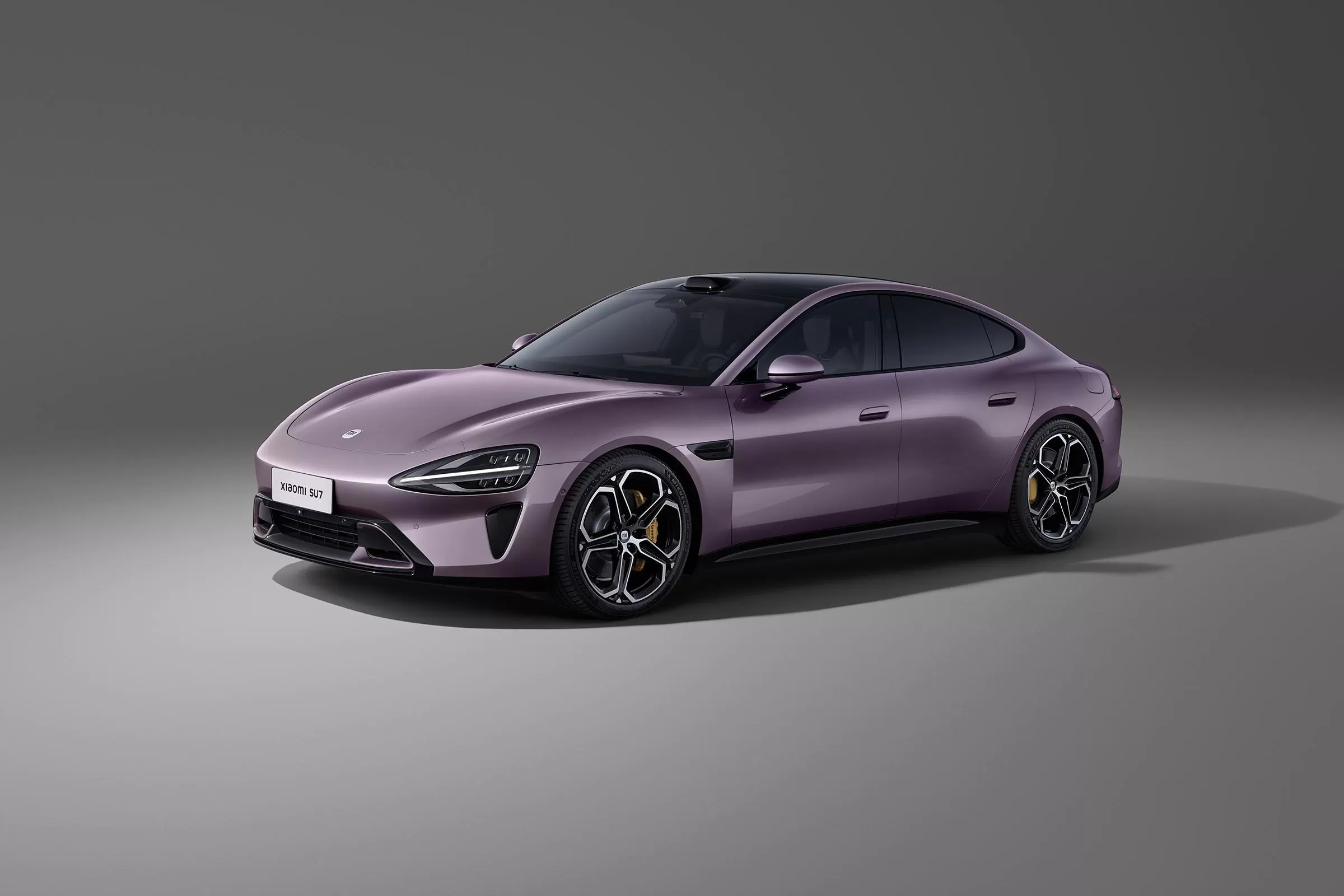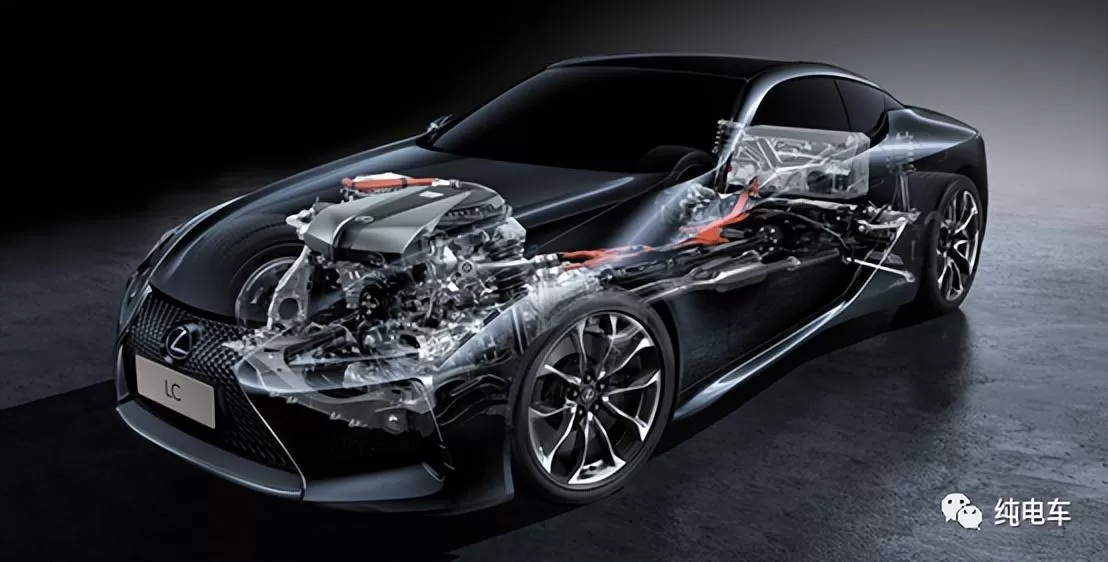In recent years, the development of new energy vehicles (NEVs) has been booming. Apart from government incentives encouraging energy-saving and environmental protection, many people are opting for NEVs for their cost-effectiveness and technological appeal. Although the current market share of NEVs is not as high as that of fuel vehicles, the increasing availability of charging stations and advancements in battery and battery-swapping technologies suggest a promising future for NEVs.
Speaking of NEV manufacturers, BYD is a name that cannot be overlooked. Currently, in the NEV segment priced around 200.000 RMB, BYD Song PLUS NEV, BYD Qin PLUS NEV, and BYD Han are all selling well. Let's take a closer look at these models to determine which one comes out on top.

1. BYD Song PLUS NEV
- Price Range: 154.800 - 219.900 RMB
- Category: Compact SUV
- Power Source: Pure electric/Plug-in hybrid
From the exterior, this car features sleek lines, with a rear design that gives a strong visual impact and high recognition. The Song PLUS NEV measures 4705mm in length, 1890mm in width, and 1680mm in height, with a wheelbase of 2765mm. The overall style is grand without appearing bulky.
The interior of the Song PLUS NEV exudes a strong presence as well. It boasts a 15.6-inch central control screen and a dynamic dashboard, giving the cabin a futuristic feel. The car also comes equipped with ABS (anti-lock braking system), LED daytime running lights, brake assist, and electronic brake-force distribution, making it highly competitive in terms of features in its price range.
The electric motor delivers a total power of 160kW and a total torque of 330N.m, ensuring ample power. With a high battery capacity, the overall weight of the car increases, contributing to its smooth ride and effective noise insulation.

2. BYD Qin PLUS NEV
- Price Range: 99.800 - 209.900 RMB
- Category: Compact car
- Power Source: Pure electric/Plug-in hybrid
From its exterior, the Qin PLUS NEV has a sporty feel, with sleek curves and a distinctive headlight design. The concave front grille and raised rear design make it stand out, exuding a strong sense of athleticism.
The interior is simple yet functional. The DiLink 4.0 intelligent networking system, paired with an 8.8-inch digital dashboard, enhances the driving experience. The seats, equipped with perforated craftsmanship and heating adjustment for both driver and passenger seats, greatly improve comfort. The main control screen has a clean and efficient interface, and the warm brown leather materials create a cozy atmosphere in the cabin.
In terms of power, its 145kW motor provides plenty of power, with acceleration that rivals fuel vehicles. The double-wishbone independent suspension system and BYD's electronic control system contribute to its flexibility and comfort during driving.

3. BYD Han
- Price Range: 189.800 - 331.800 RMB
- Category: Mid-to-large sedan
- Power Source: Pure electric/Plug-in hybrid
The exterior design of the Han appears steady and understated, particularly with its tail light design that is both eye-catching and durable. While its appearance is not overly flashy, it appeals to a wide audience, making it suitable for both commercial and personal use.
The Han's interior far surpasses the previous two models, as expected given its price. It comes equipped with a W-HUD head-up display, BSD blind-spot monitoring, and 77GHz millimeter-wave radar, offering features comparable to luxury vehicles. The cabin craftsmanship is both luxurious and meticulous, featuring a heated steering wheel and an intelligent fragrance system that allows for scent adjustment, further enhancing the riding experience.
The BYD Han is equipped with a lithium iron phosphate blade battery, enabling it to accelerate from 0-100km/h in just 7.9 seconds. Multiple versions of the Han are available, with the long-range version boasting a range of up to 715km, while the entry-level model still offers an impressive range of 506km. Although the Han's acceleration is not particularly outstanding, this trade-off is made to ensure its superior range.
Conclusion:
All three models are excellent examples of NEVs, with the BYD Han standing out for its richer and more luxurious features, albeit at a higher price. The Qin PLUS NEV offers a wider price range and varying configurations, making it a good option for those with a limited budget. Buyers can choose the configuration that suits them best to find their ideal vehicle.






